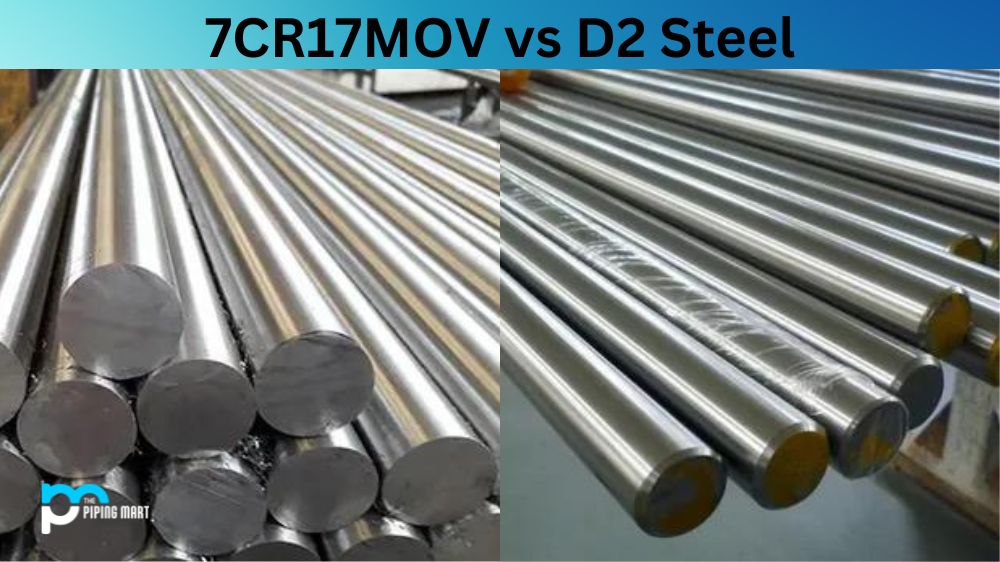Copper and germanium are two of the most commonly used elements in the world today. Both have unique properties and uses, so it’s important to understand what makes them special. Read on to find out more about these two essential elements and why they are so important.
What is Copper?
Copper is a soft, malleable metal found naturally in ore deposits worldwide. It is one of the oldest known metals, dating back to 9000 BC when it was first mined in Turkey. Copper has many applications due to its excellent electrical conductivity and corrosion resistance. It is often used in electrical wiring, plumbing fixtures, roofing materials, coins, jewelry, and sculptures.
What Makes Germanium Special?
Germanium is a semi-metallic element with a wide variety of uses. It was discovered in 1886 by Russian chemist Clemens Winkler but wasn’t isolated until 1932 by German chemist Walther Nernst. Germanium has a wide range of applications because of its semiconductor properties; it is frequently used in electronics such as transistors and solar cells. Additionally, germanium can be used as an alloying agent for steels and cast irons because it increases their strength and hardness while maintaining their ductility at low temperatures.
How Are Copper And Germanium Used Together?
Due to their unique properties, copper and germanium are often used together in various applications such as integrated circuits (ICs) or transistors. This combination allows for higher performance due to the increased electrical conductivity resulting from combining different types of metals (copper and germanium). This combination also increases device reliability by reducing power losses that can occur during operation. Additionally, due to their durability at extreme temperatures, copper-germanium alloys are often used for high-temperature components such as turbochargers or rocket nozzles.
Copper and Germanium are cooled from room temperature to 100K. Then the resistance of
When Copper and Germanium are cooled from room temperature of 298 K to 100 K, their resistance of increases significantly. This phenomenon of increased electrical resistance of metallic materials is known as the “Grueneisen effect”, whereby increased densification of atoms due to the decreased temperatures leads to an overall increase of resistance. Scientists have long sought answers for why the Grueneisen effect occurs,and for a precise answer this has remained elusive. However, it is well documented that metals such as Copper and Germanium exhibit this behavior once temperature drops below 100K; at room temperatures and higher, there is much less of a change in resistance.
Conclusion
Copper and germanium are two essential elements that have been used for centuries for various applications due to their unique properties; from plumbing fixtures and coins to transistors and solar cells, these two elements have been combined together for centuries in order to create useful products that we use every day! Whether you need electricity or strength at high temperatures, these versatile elements have got you covered! Whether you’re an engineer or just someone interested in learning more about these amazing elements, understanding their unique characteristics will help you better appreciate why they remain so popular today.

Abhishek is a seasoned blogger and industry expert, sharing his insights and knowledge on various topics. With his research, Abhishek offers valuable insights and tips for professionals and enthusiasts. Follow him for expert advice on the latest trends and developments in the metal industry.




